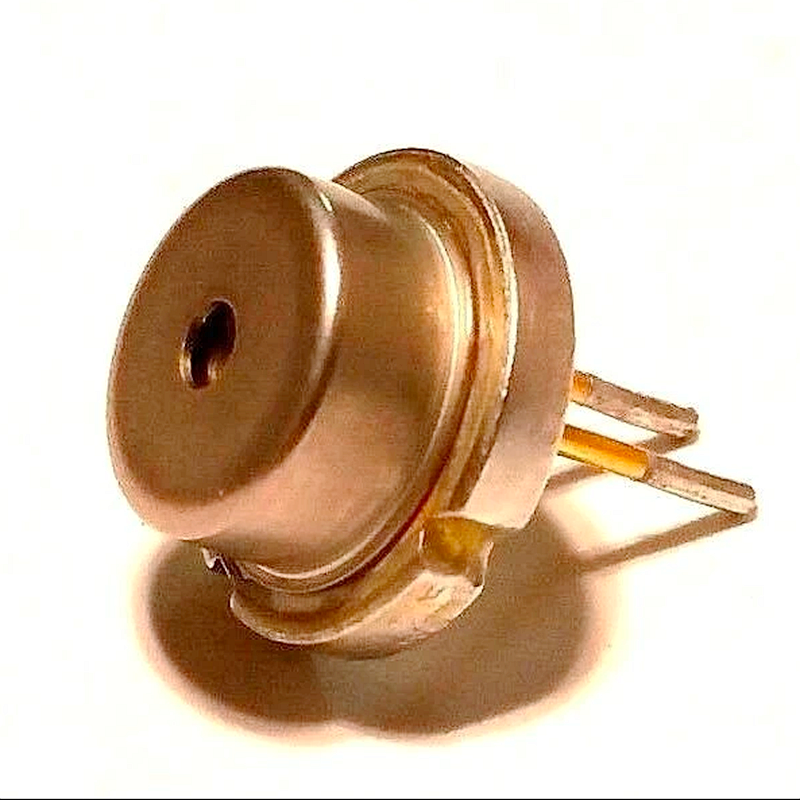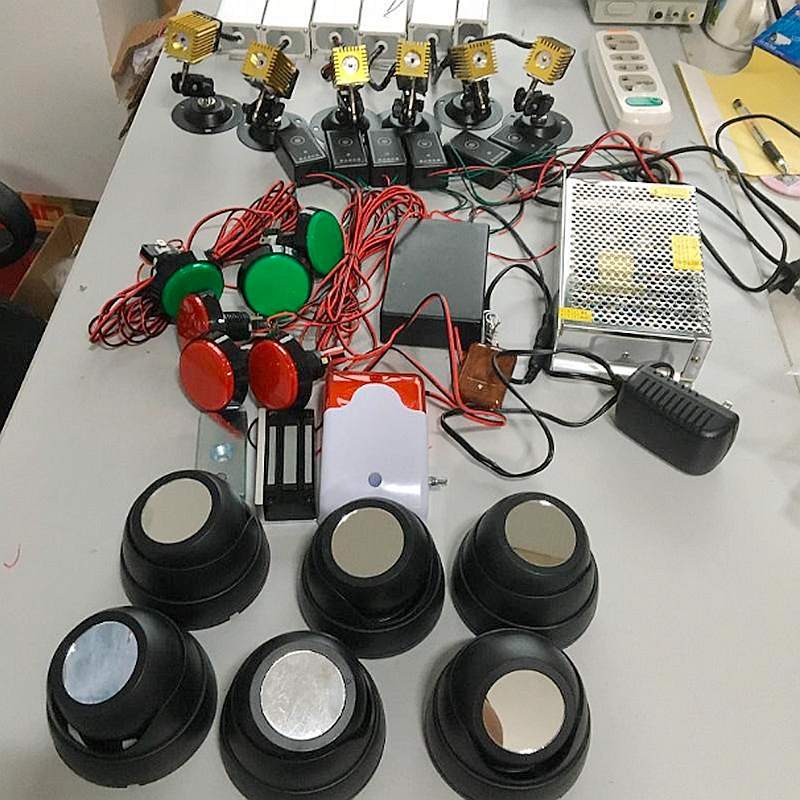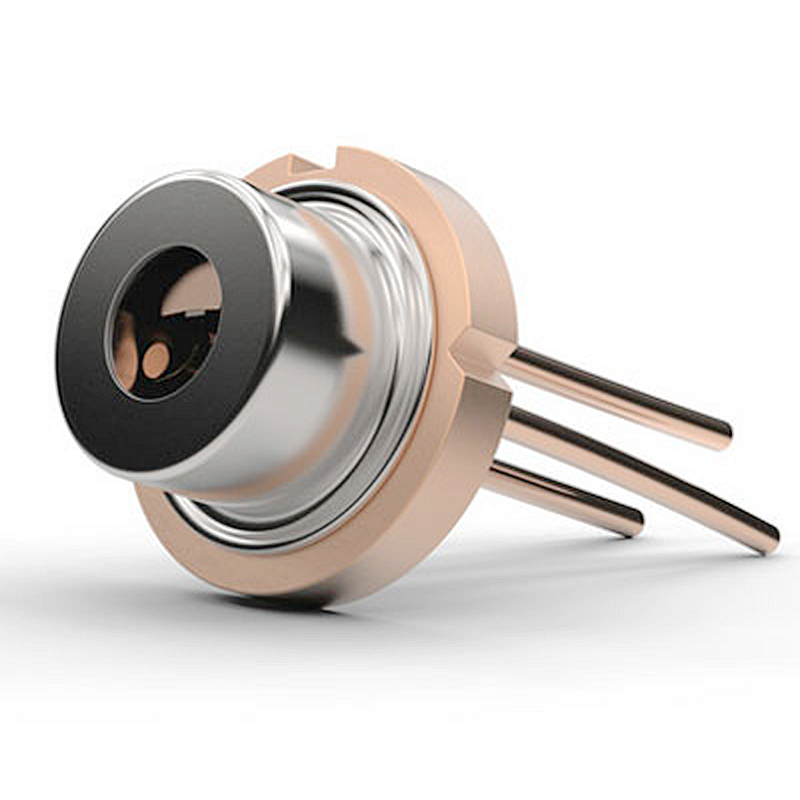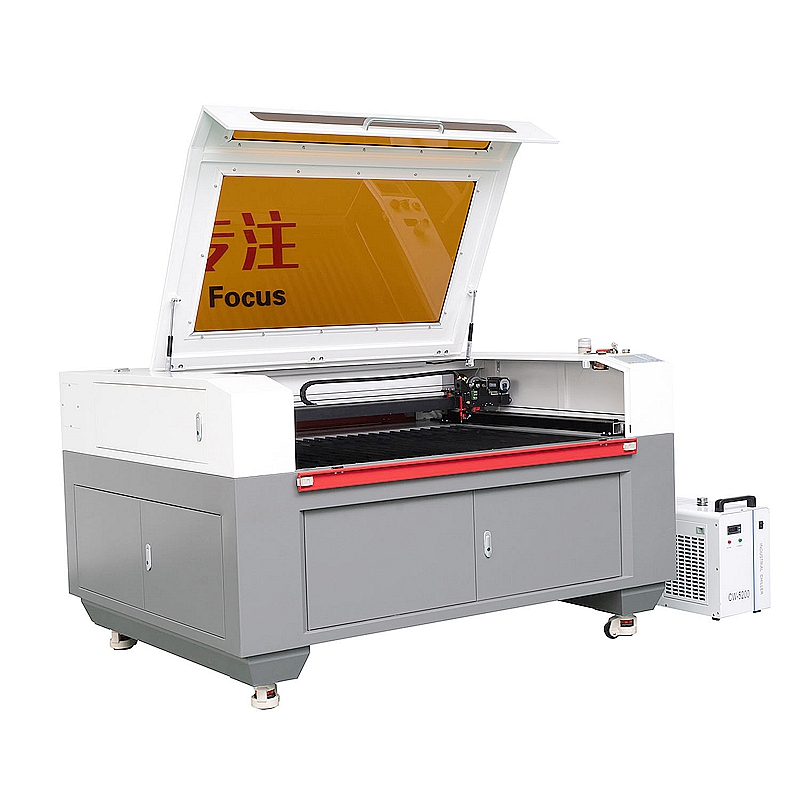Description
Nichia NUBM44 NUBM47 LASER DIODE 450nm 445nm 6W 9mm TO-5
Product Identifiers
Brand
Nichia
MPN
NUBM47
eBay Product ID (ePID)
2084624647
Product Key Features
Output Power
7-Watt
Wavelength
450nm
Intended Use/Discipline
Dental Laboratory, Emergency Medicine, Anesthesiology, Dentistry, Endodontics, Cardiology, Dermatology, Cosmetology, Biological Laboratory, Endocrinology
Model
NUBM44
Module Diameter
9mm




Reviews
There are no reviews yet.